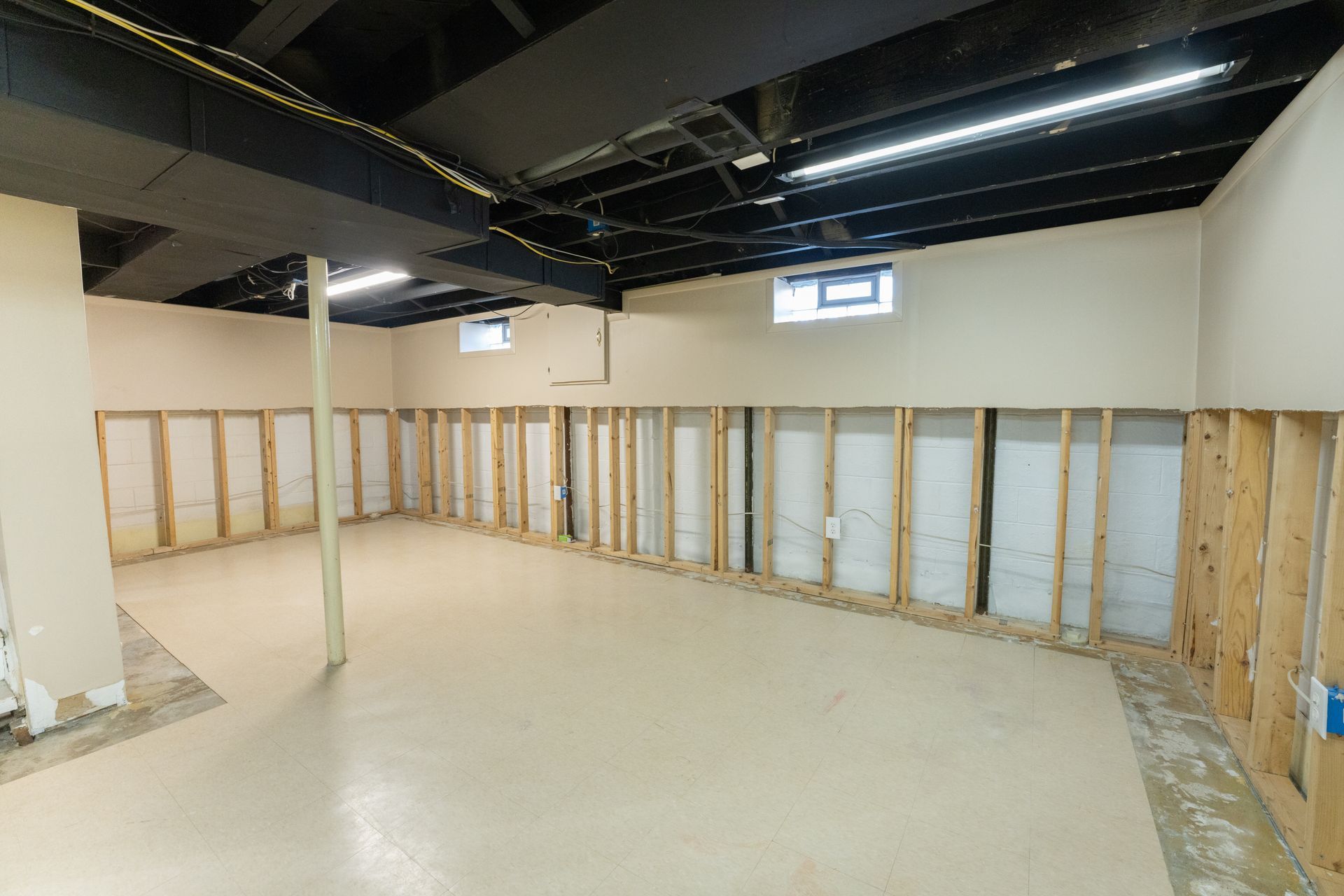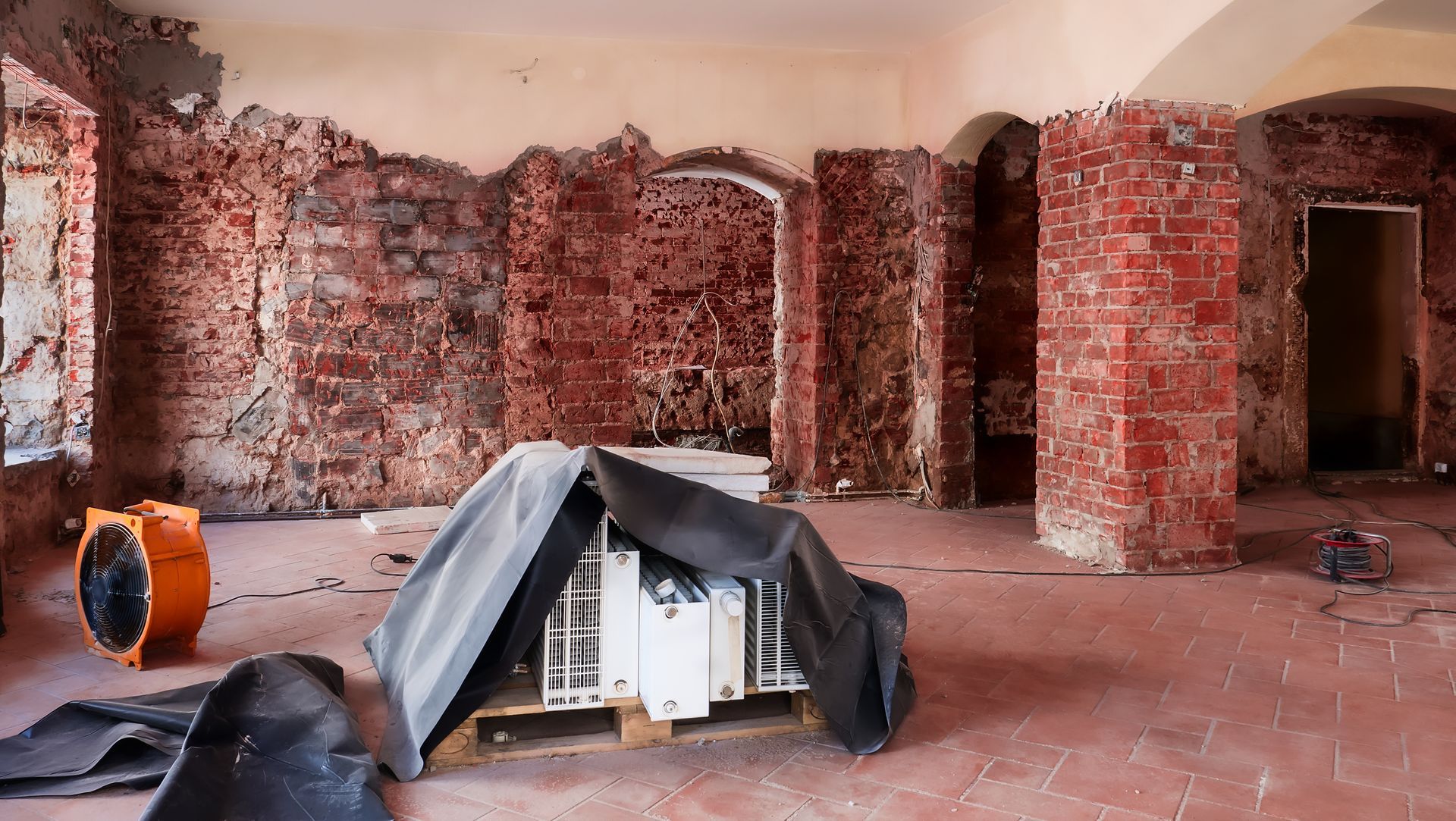Understanding the Difference Between Mitigation and Restoration When Damage Occurs
When your property experiences damage, whether from a burst pipe, storm, flood, fire or any other issue, two critical processes come into play: mitigation and restoration. Both are essential to returning your business to its pre-damage state, but they serve different purposes and occur at different stages of the recovery process. Understanding the difference between mitigation and restoration can help you make informed decisions and ensure that your property is properly taken care of.
What Is Disaster Mitigation?
Mitigation is the immediate response to damage. The primary goal of mitigation is to stop a disaster from causing further damage and to stabilize the situation as quickly as possible. It's all about damage control—taking swift action to prevent the situation from getting worse.
- Water extraction: Removing standing water from the affected areas using specialized extractors, pumps and vacuums.
- Drying and dehumidification: Using industrial air movers and dehumidifiers to dry out the property, reducing the risk of mold growth and structural damage.
- Boarding up windows or tarping roofs: If the damage is due to a storm or flooding, covering damaged areas prevents further exposure to the elements.
- Mold prevention: Mitigation teams often apply antimicrobial treatments to affected surfaces to prevent mold and mildew from developing.
The mitigation process focuses on short-term actions that prevent secondary damage like mold growth, warping, or deterioration of walls, floors, and belongings. It's a crucial step that lays the groundwork for the restoration phase.
What Is Disaster Restoration?
While mitigation is about immediate damage control, restoration focuses on bringing your property back to its pre-damage condition. Once the water has been extracted and the area has been dried, the restoration process can begin. This phase addresses the repairs and replacements necessary to rebuild and restore the space.
Restoration tasks typically include:
- Repairing structural elements: This might involve replacing drywall, flooring, or insulation that was damaged beyond repair.
- Replacing damaged belongings: Furniture, appliances, and personal items may need to be repaired or replaced if they were severely affected by the damage.
- Deep cleaning: Restoration teams will thoroughly clean the property to remove any remaining contaminants or debris.
- Final inspections: A professional inspection ensures that everything is back to code and the property is safe to inhabit once more.
Damage restoration is a longer-term process that can take days or even weeks depending on the extent of the damage. It involves skilled technicians and may require coordination between different tradespeople, such as carpenters, electricians, and painters.
Key Differences Between Mitigation and Restoration for Your Business
Although mitigation and restoration work together to repair damage, they have distinct differences:
- Timing: Mitigation happens immediately after damage is discovered. Restoration begins once the mitigation process is complete.
- Goals: Mitigation is about preventing further damage, while restoration is focused on repairing and rebuilding the damaged areas.
- Duration: Mitigation is typically a shorter process, often completed within a day or two. Restoration, depending on the severity of the damage, can take much longer.
- Techniques: Mitigation uses techniques like water extraction, drying, and mold prevention, while restoration involves more labor-intensive tasks like replacing materials and deep cleaning.
Why Both Commercial Mitigation and Restoration Are Necessary
Skipping the mitigation phase can lead to more severe and costly damage down the road. For example, failing to remove water properly could result in mold growth or compromised structural integrity. Similarly, jumping straight to restoration without adequately drying and treating the property can lead to hidden issues, like mold or weakened materials, that could require more extensive work in the future.
By addressing both mitigation and restoration, you ensure that your property is not only safe from further harm but also fully restored to its original state.
When dealing with damage, it’s important to understand that mitigation and restoration are two distinct, but equally vital, phases of the recovery process. Mitigation focuses on controlling and limiting the immediate damage, while restoration is the comprehensive repair and rebuilding effort that follows. Both processes, when handled professionally and efficiently, can help return business to its pre-damage condition as quickly and safely as possible.
The experts at Guarantee Restoration Services can help you in preparing for and recovering your company and assets from a variety of calamities. Reach out to Guarantee Restoration Services today for a consultation.






